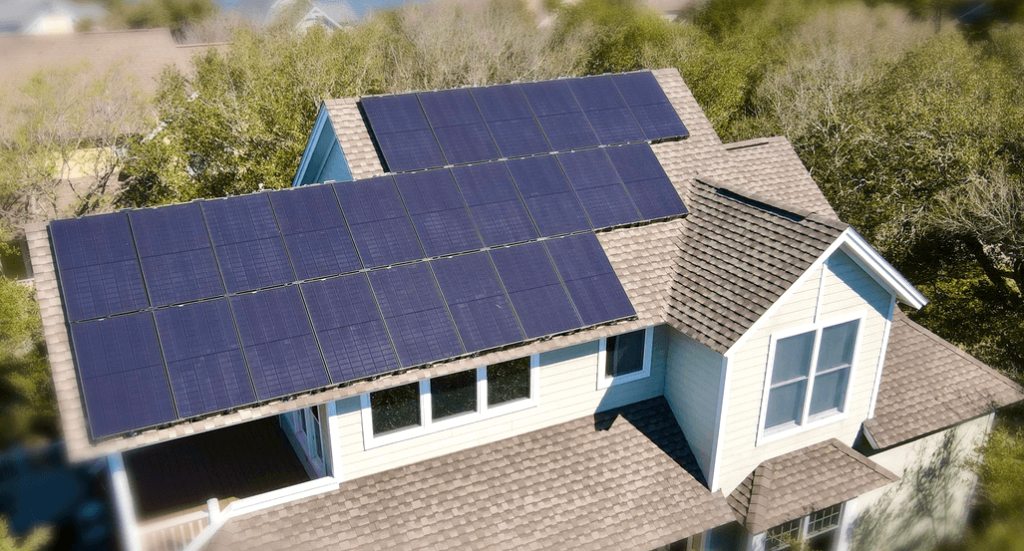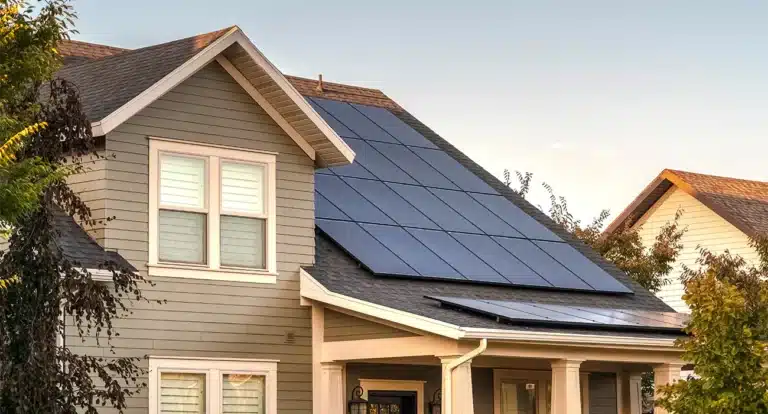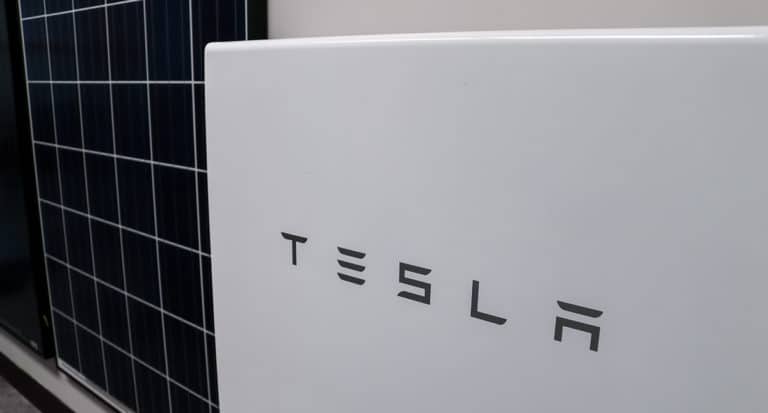Topics in this Article
Topic 01
The IRA's Impact on Solar
Exciting solar news! The Inflation Reduction Act (IRA) was signed on August 16th, retroactively increasing the Solar Tax Credit to 30% for residential and commercial systems installed as of 1/1/2022 and onward. That means you’re in for some extra savings if you took the leap to go solar in 2022!
If you’re just now starting on your solar journey, you’re definitely in luck – The 30% Solar Tax Credit is here to stay for the next 10 years! Stand-alone batteries now also qualify for the 30% Solar Tax Credit.
More exciting news
Nonprofit Direct Pay Solar Credit
The sol-train doesn’t stop there! Tax-exempt, nonprofit, and government organizations can now tap into solar cost savings through a Direct Pay reimbursement, worth at least 30% on system costs. When combined with the Duke Solar Rebate for nonprofits, organizations can see up to 60% in system cost savings. Right now there is still capacity left for nonprofits in the 2022 Duke Rebate, but the program is ending in January 2023 so it’s a great time to get a nonprofit project started.
Other Highlights from the IRA
- Residential and commercial Solar Tax Credit increased from 26% → 30%
- Nonprofit and government organizations are eligible for a direct payment option.
See details here → - Stand-alone battery storage is now eligible for the 30% tax credit
- Tax credit (up to $7,500) for income-qualified electric vehicle (EV) and plug-in hybrid (PHEV) customers
- Tax credit (up to $4,000) for used EV
- $8.5 billion in funding for energy efficiency and electrification in single-family and multi-family homes. We’ll have more information on this soon!
Keep reading to learn more about the 30% Solar ITC, whether you are eligible to take advantage of this incentive, what costs can be included, and more frequently asked questions!
*Obligatory tax disclaimer: We are not tax professionals and this information does not constitute professional tax advice. Your tax credit amount is estimated based on information in our system but the final amount will be determined on your tax return. Please verify with your tax professional or ask us to connect you with Randy Lucas, a CPA specializing in energy-related tax issues.
Calculate Your Solar Savings
See solar on your home! Our solar calculator uses your home address, the details you provide, and LIDAR satellite technology (with a dash of AI) to give you a ballpark estimate of how much you could save by going solar.
Topic 02
What is the Solar Investment Tax Credit?
The Solar Investment Tax Credit (ITC) is a tax credit (a dollar-for-dollar reduction of your federal tax liability) that you can claim for installing a solar system on your property.
When does the Solar Investment Tax Credit Expire?
Through the signing of the Inflation Reduction Act (IRA), the solar investment tax credit will stay at 30% until 2032. After that, it will begin sunsetting to 26% in 2033 and 22% in 2034, before finally disappearing in 2035. Here’s a helpful resource to learn more (see page 3)!
History of the Solar ITC
- 2005 – Solar ITC created by the Energy Policy Act – intended to last one year
- 2006 – Emergency Economic Stabilization Act extends ITC for an additional year
- 2008 – Tax Relief and Health Care Act extends for 8 years
- 2009 – American Recovery and Reinvestment Act removes cap on tax credit amount for solar systems
- 2015 – Consolidated Appropriations Act extends 30% Solar ITC until 2019 and defines sunset schedule from 2020 to 2022
- 2022 – Inflation Reduction Act reinstates 30% Solar ITC until 2032, defines sunset schedule from 2033 to 2034, and establishes a new direct pay model for nonprofits & government organizations
How does the Solar Investment Tax Credit work?
Unlike a rebate, you will not receive a check or cash discount for the Solar Investment Tax Credit. Instead, you are credited 30% of the cost of your solar system when you file your federal taxes for the year your solar system has been installed. Remember, this is not a deduction, it is a tax credit. This credit is used to offset the amount of taxes you owe in the year that the solar system is installed.
If the solar tax credit is worth more than your tax liability for the year (to be clear: it’s not about what you owe when you file, it’s about your overall tax liability), then you can roll it forward and use it the following tax year! The accepted practice is that you can roll over the tax credit for as many years as you need as long as the tax credit is in place. This means that as of this year, you could roll the tax credit forward up to 10 years for 30% if needed.
As of the publish date of this blog, the IRS has not come out with a new official 5695 form (since the IRA passed) confirming how many years you can use the rollover.
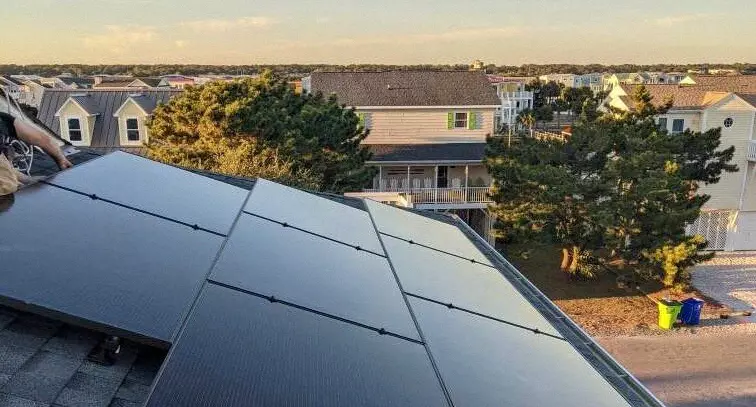
How to calculate the Federal Solar ITC?
The tax credit amount is calculated by multiplying 30% times the cost of your solar system. For example: If you buy a $20,000 solar system and at the end of the year you owe $7,000 in federal income taxes, you can claim the 30% Solar ITC for $6,000 ($20,000 x 30% = $6,000) and then you will only owe $1,000 in federal taxes.
The great part is, there is no cap on the amount that can be claimed via the tax credit for solar photovoltaic (PV) installations. So whether your system is $20,000 or $200,000, you can claim 30% on the total turnkey price (with a few caveats to what can be included in that price, which we’ll get to further down in this article.)
Topic 03
What are the requirements of the Solar Tax Credit?
There are a few key requirements and restrictions to pay attention to when considering taking advantage of the Solar Tax Credit.
What entities can claim the Federal Solar Investment Tax Credit?
Thanks to the IRA, more people and organizations can access the solar tax credit than ever before.
- People and for-profit businesses in the United States
- Those who pay federal taxes
- Those who have purchased and have had a new solar system placed into service in a year that the Solar ITC exists
- NEW! Nonprofit and government organizations are eligible for a direct payment option. More Details →
Solar ITC-Eligible Costs
- Solar Panels
- Racking/Mounting equipment
- Inverters
- Balance of system (wire, conduit, junction boxes, etc)
- Installation labor (including design, inspection, and permitting fees)
- Sales and use taxes
- New! Stand-alone battery storage
For a more comprehensive list of what is and isn’t eligible for the tax credit check out this post: “Solar Federal Tax Credit: What Is and Isn’t Eligible”. We wrote that guide because sadly there are a bunch of unpatriotic scallywag companies out there trying to throw every type of add-on imaginable under the umbrella of the Solar Tax Credit, subverting a beautiful American public policy for their personal gain and putting their customer in a grey tax area in the process. #yesWeMad.
Common Questions
Does a new roof count toward a tax credit on a solar energy system?
Residential roof replacements do NOT qualify for the tax credit. This is because solar rarely covers more than 30% of the total roof area and the majority of the time the roof work consists of only a re-shingle of the roof.
Solar on commercial buildings, however, can commonly cover up to 80% of the roof and additional structural work could be needed, so the portion that is covered by solar could qualify. Reach out to our commercial solar team for help determining if your commercial reroofing project could qualify for the tax credit.
Topic 04
Solar Tax Credit FAQs
We advise you to check resources like energy.gov or consult your tax advisor for the most up-to-date information more specific to you. Your advisor can help you determine if your property qualifies for ITC and how best to apply the credit to your annual taxes.
The goal of the Solar Investment Tax Credit is to reduce the cost of a solar installation and provide an incentive for folks that want to transition to clean renewable energy.
- Residential customers – In general, those with a tax liability that exceeds the amount of the credit.
- Commercial sites
- NEW! Nonprofit and government organizations are eligible for a direct payment option. See details here.
To claim the Solar Tax Credit for 2022, your solar system needs to be in service by the end of 2022. Depending on the situation, either “inspected and capable of producing energy”, or, more commonly, “new utility meter set” are recognized as “in service”.
You’ll receive the Solar Investment Tax Credit when you file your taxes for the year your system was installed.
This information hasn’t been confirmed by the IRS just yet. We’ll update this blog once we find out more! Again, we highly suggest you speak with a tax advisor for more comprehensive information specific to you.
Yup! Whether it’s a system addition or a brand new install, as long as new inverters and panels are installed or you add a battery you can claim the tax credit again based on the cost of the additions (not based on the cost of the original system + the additions).
Any business subject to U.S. federal income taxes. In 2023, nonprofits and government organizations will also be able to take advantage of the 30% tax credit through a new direct payment program!
To claim the ITC a taxpayer must complete and attach IRS Form 3468 to their tax return. Instructions for completing the form are available at irs.gov – Instructions for Form 3468.
You won’t be able to claim the 30% Solar Tax Credit on your rental properties personally unless you live there for part of the year. There may also be other caveats for different cases, like if the rental property is a business. Again, please consult a tax advisor to see if you qualify.
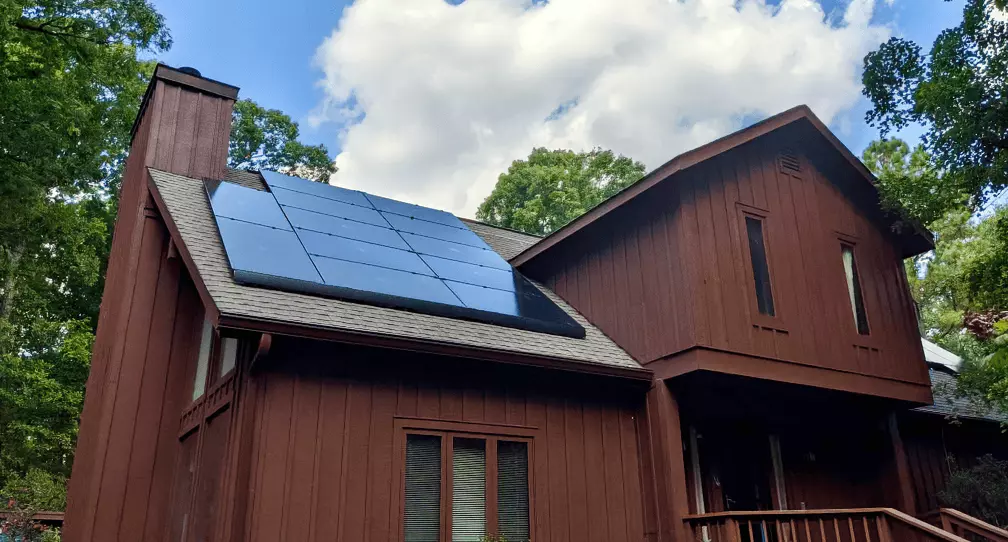
Topic 05
Other NC Solar Incentives
With so many installers in the state offering different “rebates” and “discounts”, it can be hard to parse out what official incentives exist and how much green you should expect to see. While you may be offered a limited-time, custom markdown from the salesman knocking on your door, the following are official solar panel incentive programs in NC that are run by a third party and not tied to a single installer.
The more you know
Duke Energy Solar Rebate
This program has reached capacity for 2022 for residential and commercial projects but there is still a significant amount of funds left for nonprofits – applications will be accepted through December 31, 2022. Learn More →
For residential and commercial systems, there will be a final rebate allocation in January 2023 to award any remaining rebate funds* to projects with meters swapped after October 13, 2022.
*Total capacity available for the 2023 allotment will not be determined until Dec 2022, based on kW remaining in the nonprofit bucket.
Remember! The Duke Energy Rebate is awarded through a lottery system. If an installer is guaranteeing your residential or commercial solar project the Duke Energy Solar Rebate, we would give them a serious side-eye. 🤨
What's next?
Ready to Take Advantage of the Solar Tax Credit?
All aboard the sol train! If you’re interested in exploring solar AND want to be installed by the end of the year to claim your solar tax credits on your 2022 taxes, now is the time to start the process by reaching out for a solar assessment. We’ll answer your questions and help you decide if solar is right or wrong for your home, so you can confidently reserve your seat in our installation queue.
Ready to Get Started?
Schedule a free assessment to learn more about solar power & battery storage for your home.
About Us
North Carolina’s solar power and building performance expert. Founded in 2001, we’ve worked for 20+ years to improve the way people make and use energy.

